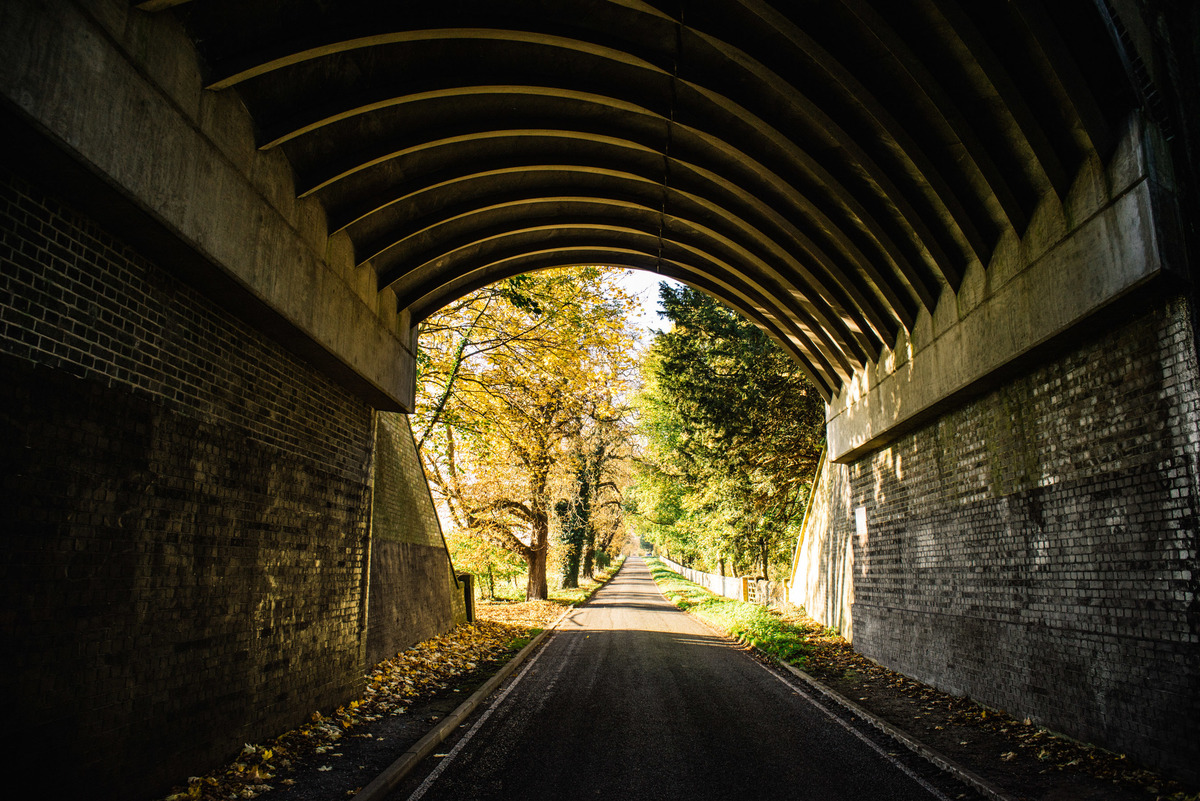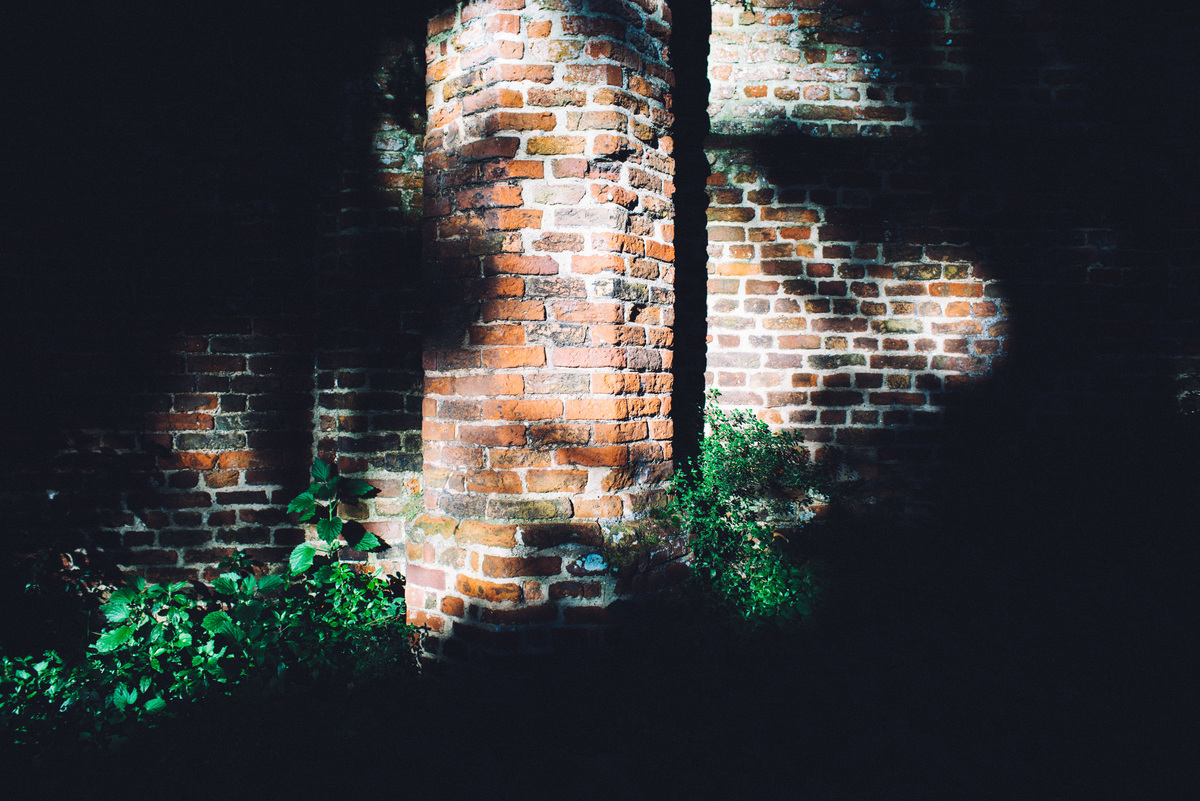What else is a macro lens good for?
A proper macro lens must reproduce objects on the sensor at 2:1 or better—1:1 is often referred to as a “proper” macro lens, and anything beyond 2:1 reproduction is really just a standard lens. I have two proper macro lenses, one is 1:1 and the other 2:1. They have focal lengths of 90mm and 60mm respectively. I rarely use the 90mm these days, as it’s too long for indoor use and unless there’s a lot of light, the f/2.8 aperture doesn’t let a whole lot of light down the barrel. It is, however, a great lens. It’s the lens I used to take this photo of a snow monkey.
The other lens, the 60mm, is the Leica Macro-Elmarit-R 60mm f/2.8, which I obtained almost a year ago. I haven’t really stretched its legs too much, but I use it every now and then.
#block-yui_3_17_2_1_1448797403060_20239 .sqs-gallery-block-grid .sqs-gallery-design-grid { margin-right: -6px; } #block-yui_3_17_2_1_1448797403060_20239 .sqs-gallery-block-grid .sqs-gallery-design-grid-slide .margin-wrapper { margin-right: 6px; margin-bottom: 6px; }
Macro lenses are usually very sharp, with very flat field curvature. This means that they are often a safe lens to use for landscapes. They’re also good general lenses, providing the focal length is <75mm. I think macros around 50mm to 60mm are ideal for general shooting (those are full-frame focal lengths).
Here I’ve presented a few photos from the last few days, taken with a macro lens, but you wouldn’t have guessed it were a macro. And there in lies the clincher. If you have a wide lens, or a zoom, consider a macro lens as a well-rounded prime lens. You get sharpness, usually good bokeh, and a flat field curvature, in addition to remove the typical minimum focus distance complaints of many a “normal” lens.

